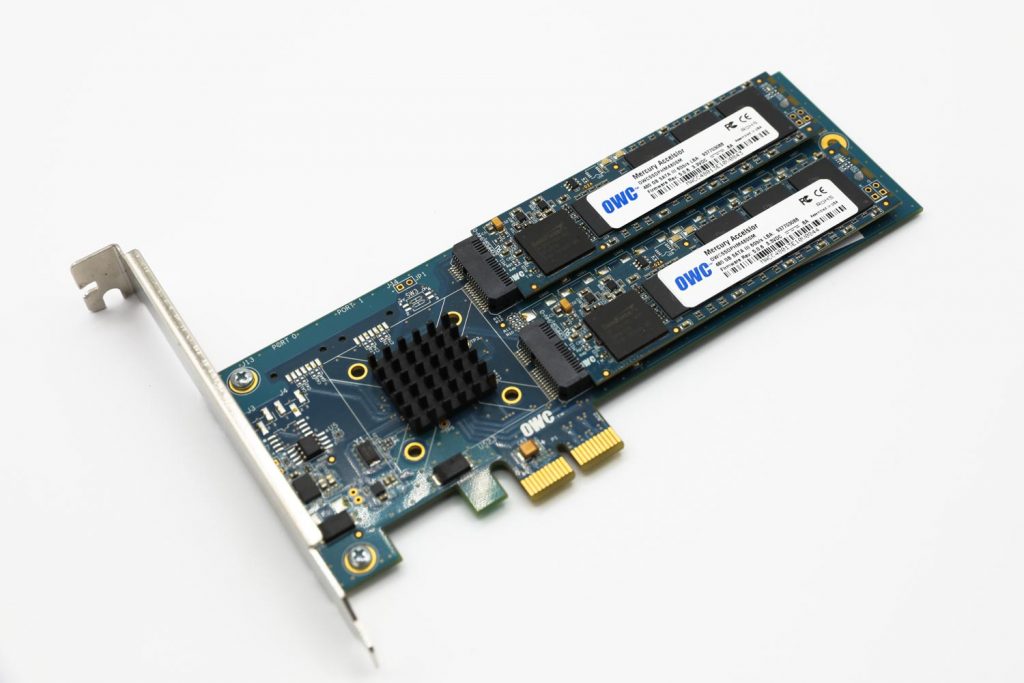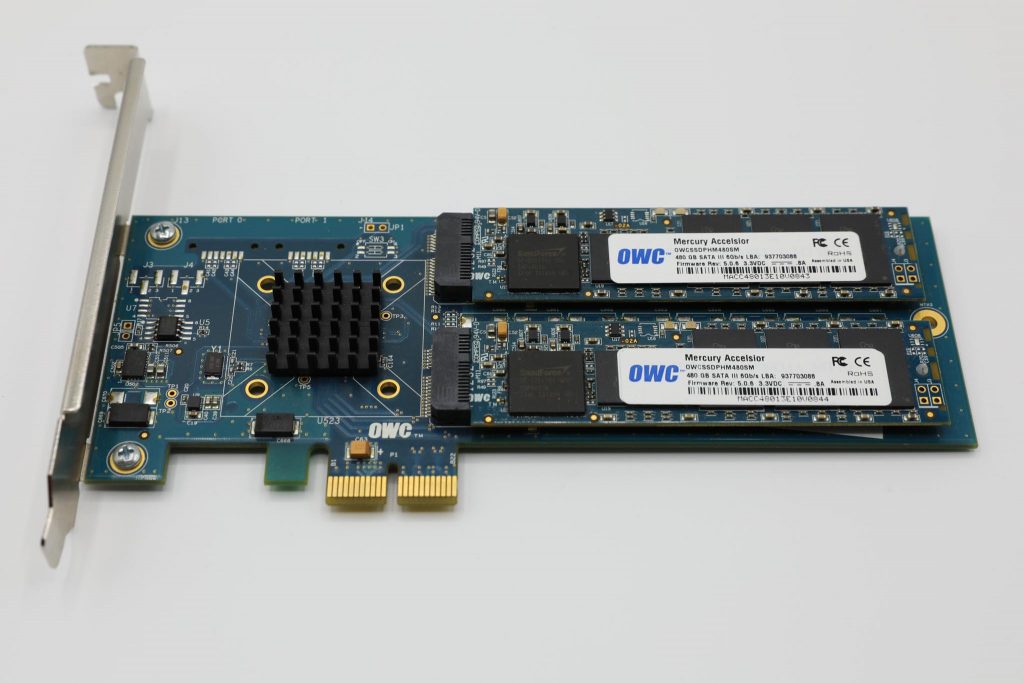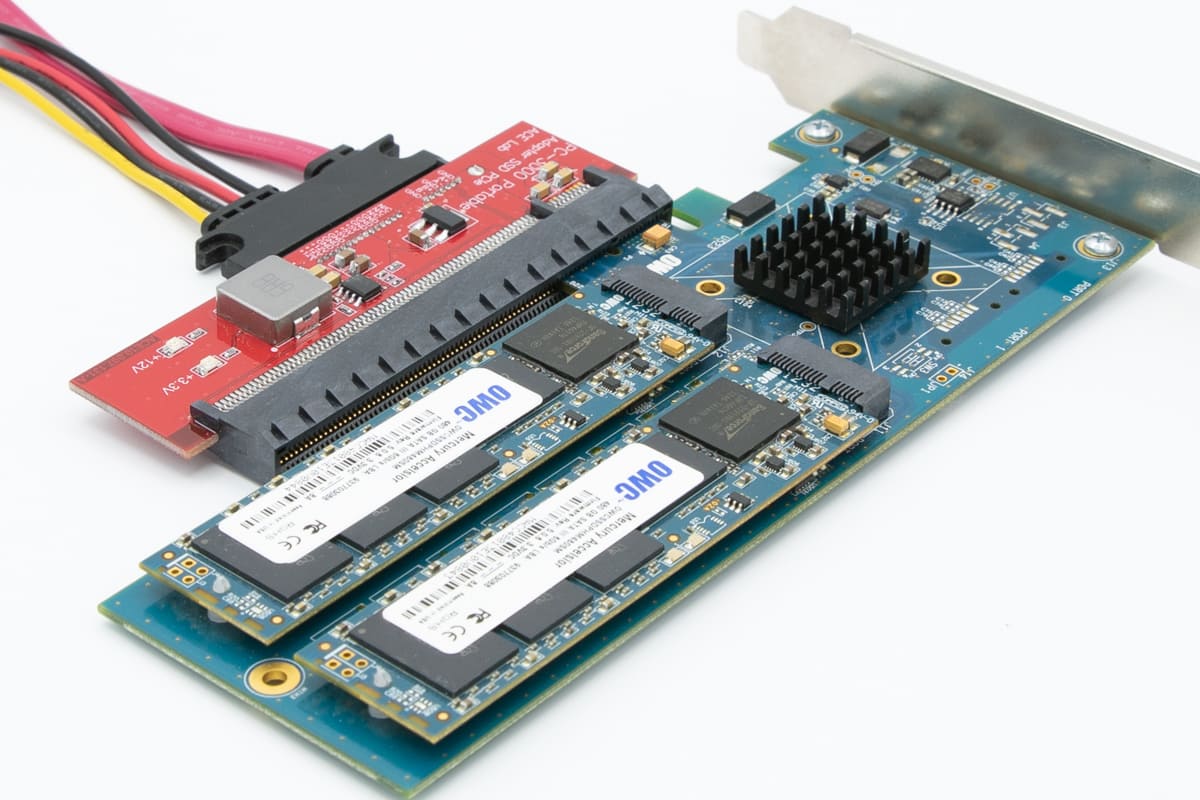SSD drives became a great alternative for mechanical hard drives that usually experience data loss from scratched platters.
Unlike HDDs, SSDs don’t have any moving parts and are more resistant to physical damage. They are faster and don’t make so much noise while working. Still, they can also fail and cause further data loss from controller chip/electronic component failures.
Compared to a hard drive, a solid-state drive has such advantages as high performance and reliability, low power consumption, no noise, and much more.
Therefore, more and more users are choosing SSD as a system one.
When you connect such a drive, you may find that it is not detected by the system or is not even displayed in the BIOS. This may look like the drive is missing from File Explorer, Windows settings, or the BIOS boot selection list.
OWC SSD Data Recovery Case
If the SSD is faulty, then in order to recover data from SDD, as in the case of flash drives, it is necessary to transfer all memory chips to a special “programmer” device, read their contents, and “decrypt” it with special applications, turning it into data. This process for SSD, as a rule, is much more complicated compared to flash drives due to more complex controller algorithms and large disk volumes.
In today’s case, we received a request from a customer saying that his OWC SSD Mercury Accelsior is not showing up on the computer.

The device was delivered to our lab, and diagnostics were held. Engineers found out that one of the memory chips was not operating correctly. NAND memory chip is worn and stopped operating due to the repetitive programming and clearing cycles typically performed in applications and storage systems using the Flash Translation Layer. Constantly programming and clearing data in the same memory location will eventually wear out that segment and render it inoperable.

There are two types of wear alignment: dynamic and static. The dynamic wear alignment algorithm ensures that programming and data cleaning cycles are evenly distributed across all blocks in the NAND flash memory. Static wear alignment refers to inactive units in which data are stored.
OWC SSD Recovery
In most cases, the chips are functional. Some of the data stored on them may be damaged, but the chips themselves usually function. Then we can unsolder each chip from the drive’s PCB and read its contents with the help of our advanced data extractor software. And then try to build a logical drive image from the received files.

In our client’s case, a difficulty occurred at the reading stage. NAND flash memory microcircuits are produced in different packages, and for a particular microcircuit, the manufacturer may not include the necessary adapter. For such cases, there is usually a universal adapter for desoldering in the kit. Our engineers used thin wires and a soldering iron to connect the necessary contacts of the microcircuit to the corresponding contacts of the adapter.
The task was quite solvable, but it required experienced specialists, certain skills, and time. After the described procedure was done, our data recovery experts read all the data on failed NAND chip. As the volume of the data exceeded 20GB, the customer received all of the files on a brand new SSD.
Contact PITS Global Data Recovery Services at (888) 611-0737 to get consulted about your particular case. Or fill in a request form to start your recovery case right away.
